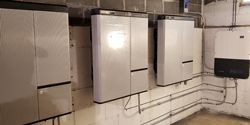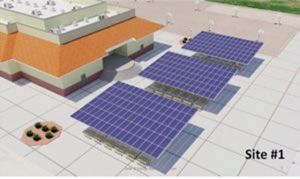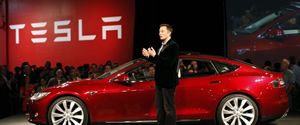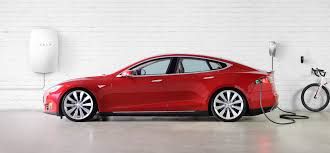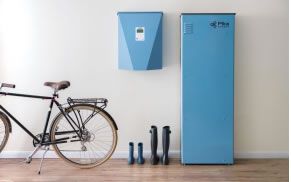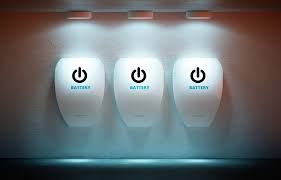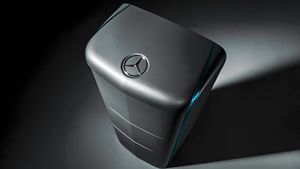Span Raises $10.2 Million for Reinvention of Home Electrical Panel to Optimize Solar, Energy Storage, and Electric Vehicle Charging
Solar Spotlight: Back Off Gas-Powered Generators, A New Backup is in the House!
sonnen and Pearl Homes Partner to Develop the First Affordable, Carbon-Free Home Community
EnergySage Releases Its Latest Solar Marketplace Intel Report™ at Bloomberg's Future of Energy Summit
Interview with Doug Campbell, CEO of Solid Power
Yet Another Energy Storage Breakthrough Coming, Thanks To "Weirdly Exciting" New Substance
Solar Plus Storage Projects Will Increasingly Offer Resiliency
During Irma's Power Outages, Some Houses Kept The Lights On With Solar And Batteries
Tesla Faces Stiff Competition In Energy Storage War
New Tool Predicts the Cost Effectiveness of Electric Energy and Storage
Pika Energy - The Harbor Smart Battery Series: Smart Power on Demand
Scientists propose better battery system for smart home use
Mercedes-Benz Energy and Vivint Solar Team Up to Bring Automotive Battery Innovation to the U.S. Residential Solar Market
Empower Unveils the Genesys 8K™ Modular Smart Home Energy Platform
Mercedes energy storage units headed for UK homes
Records 16 to 30 of 94
First | Previous | Next | Last


